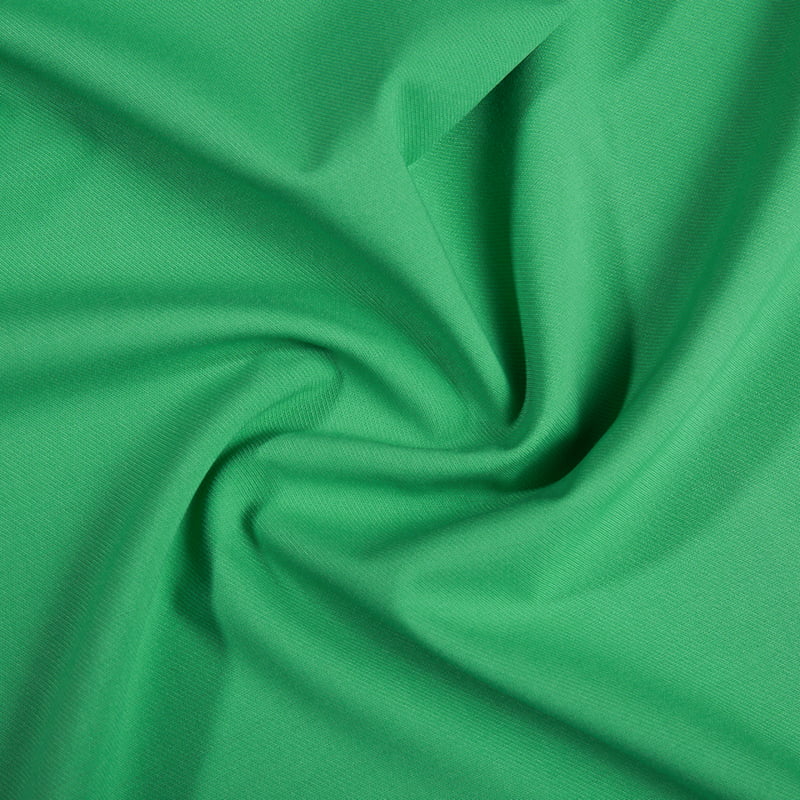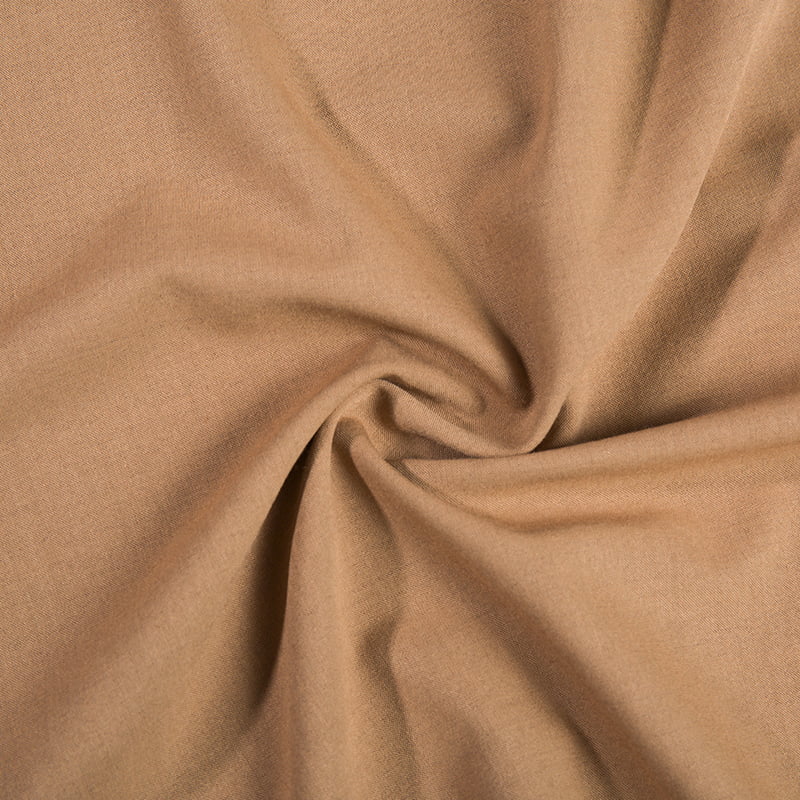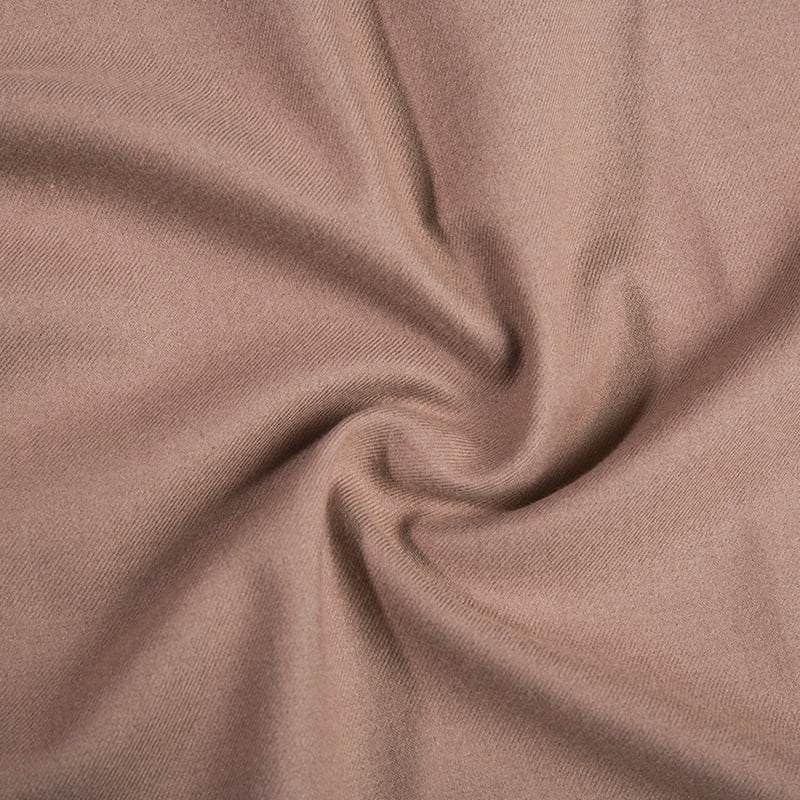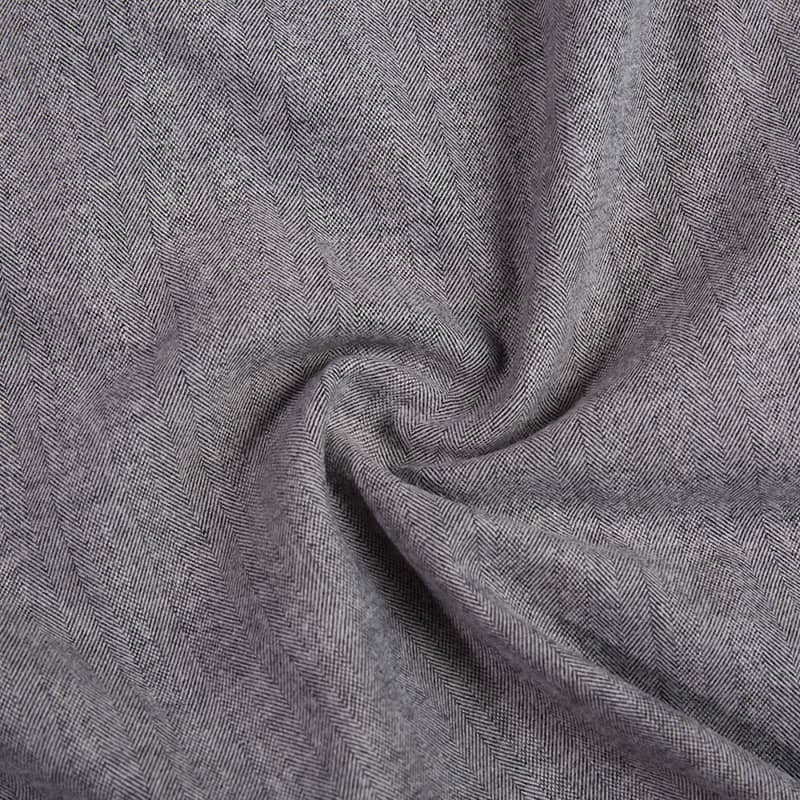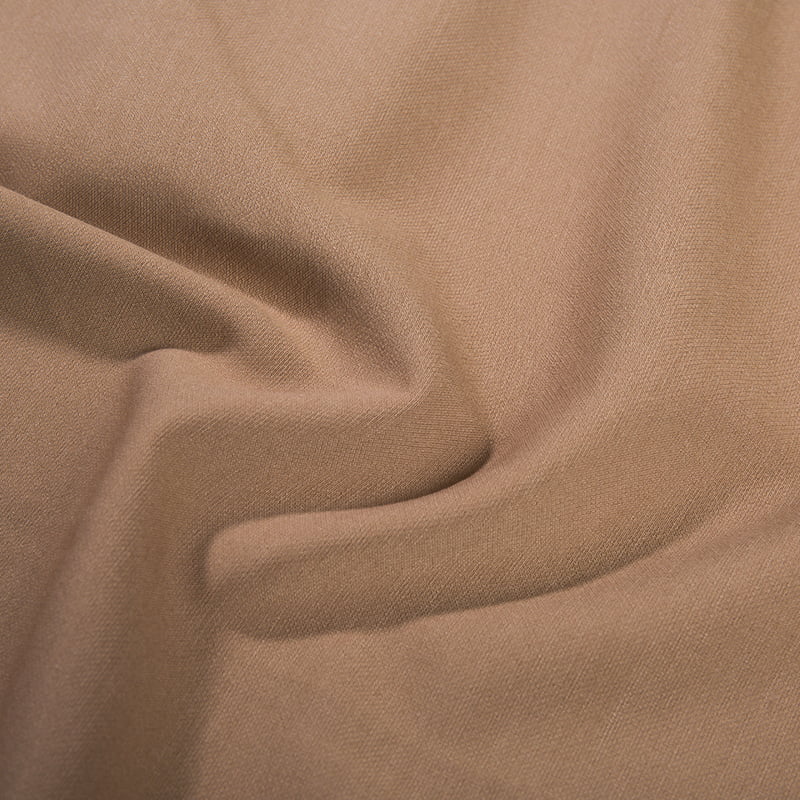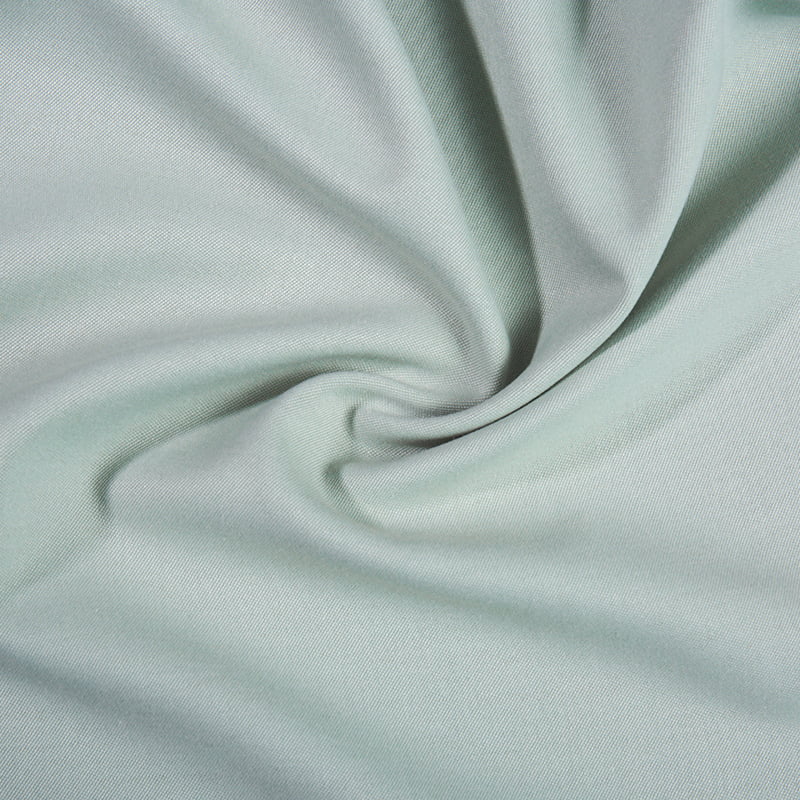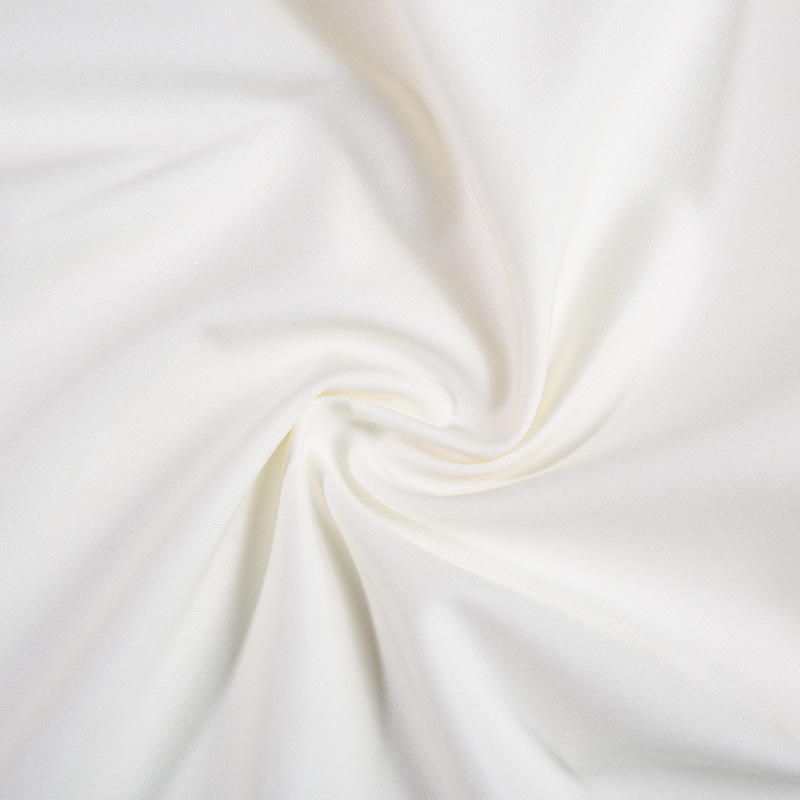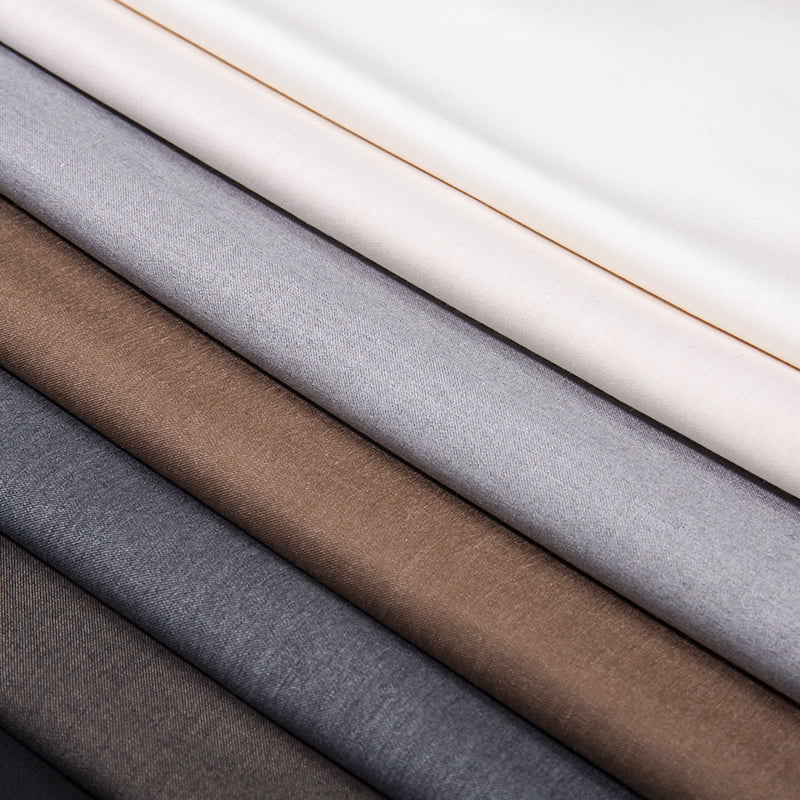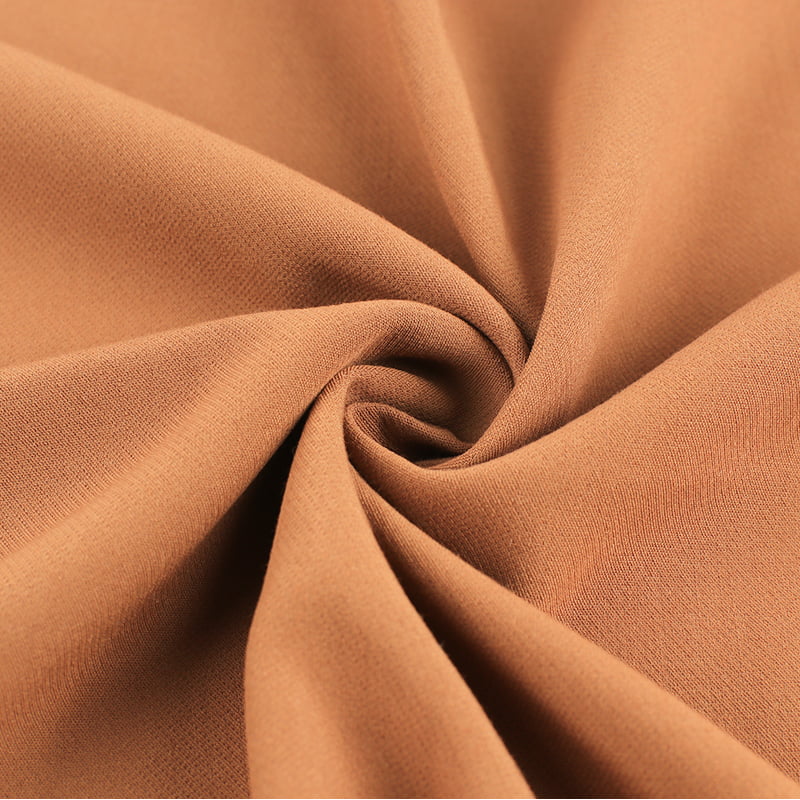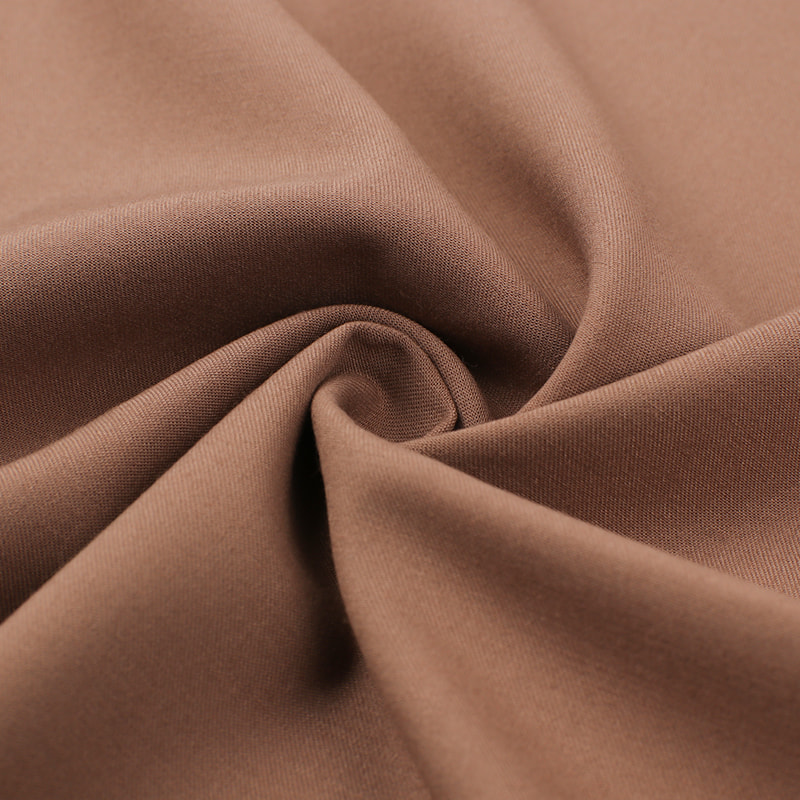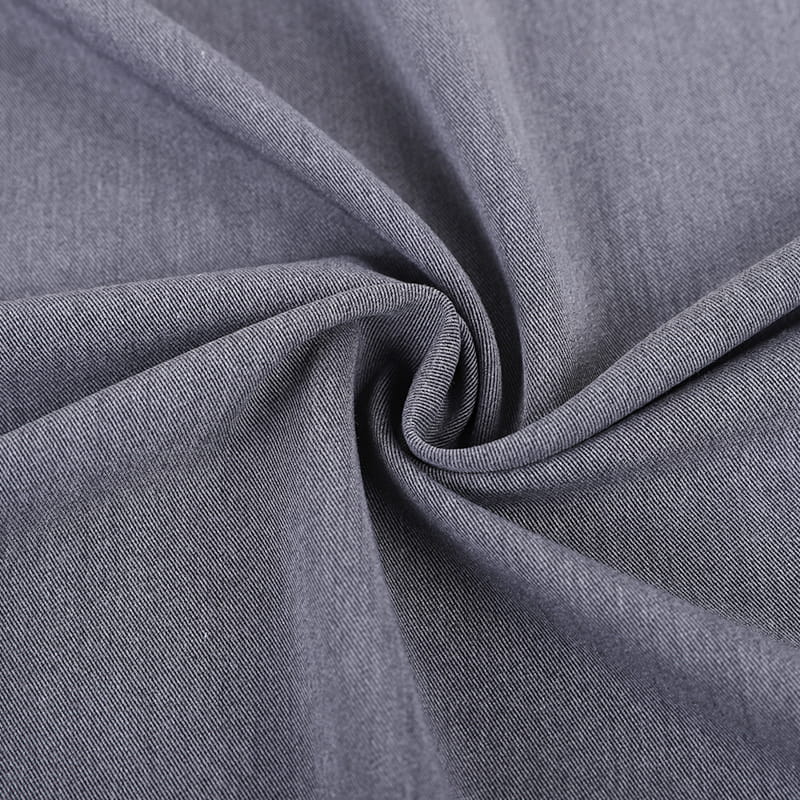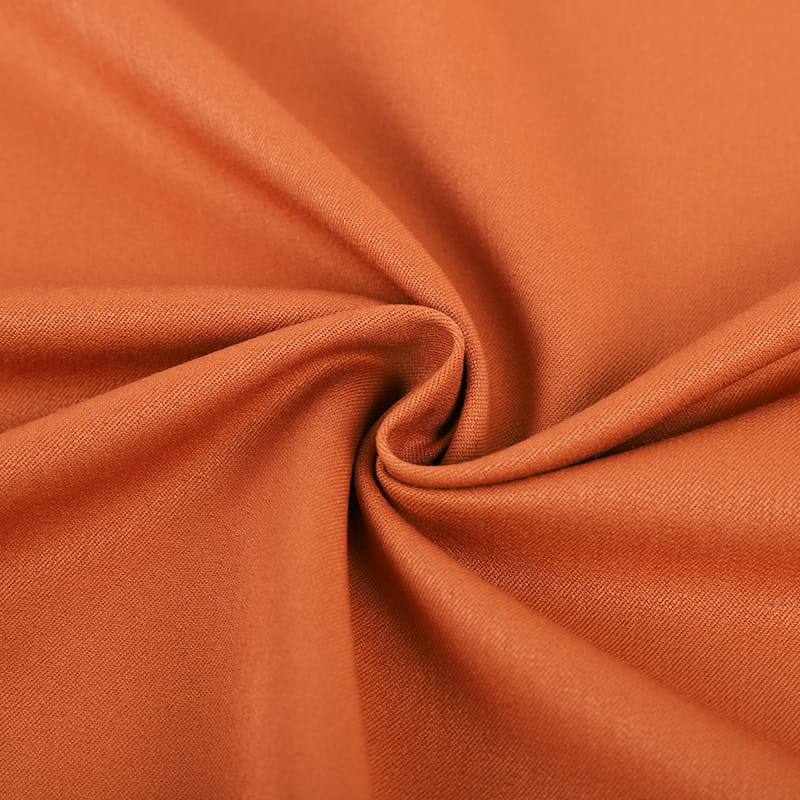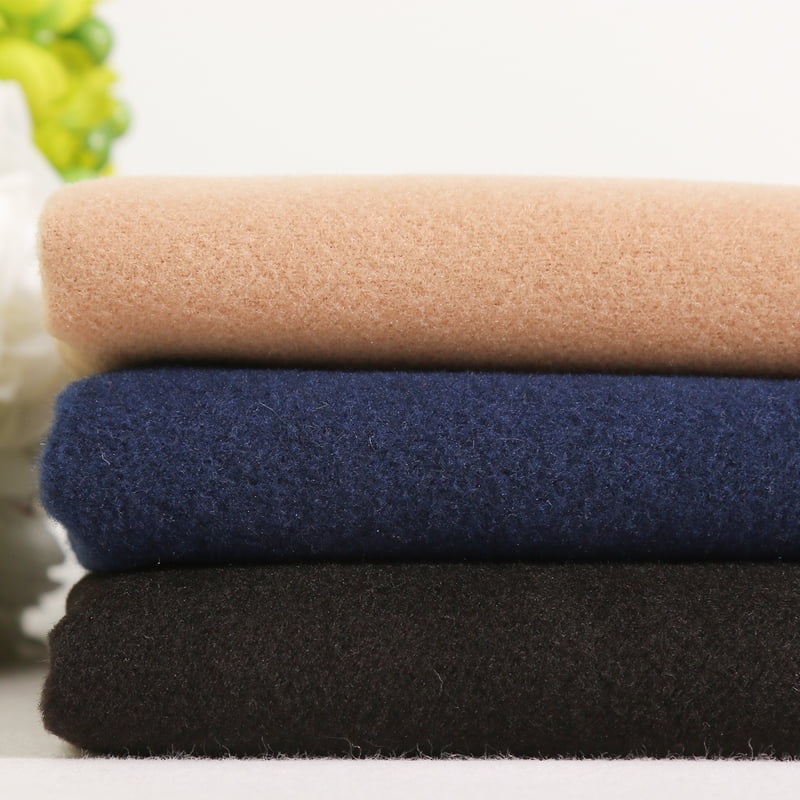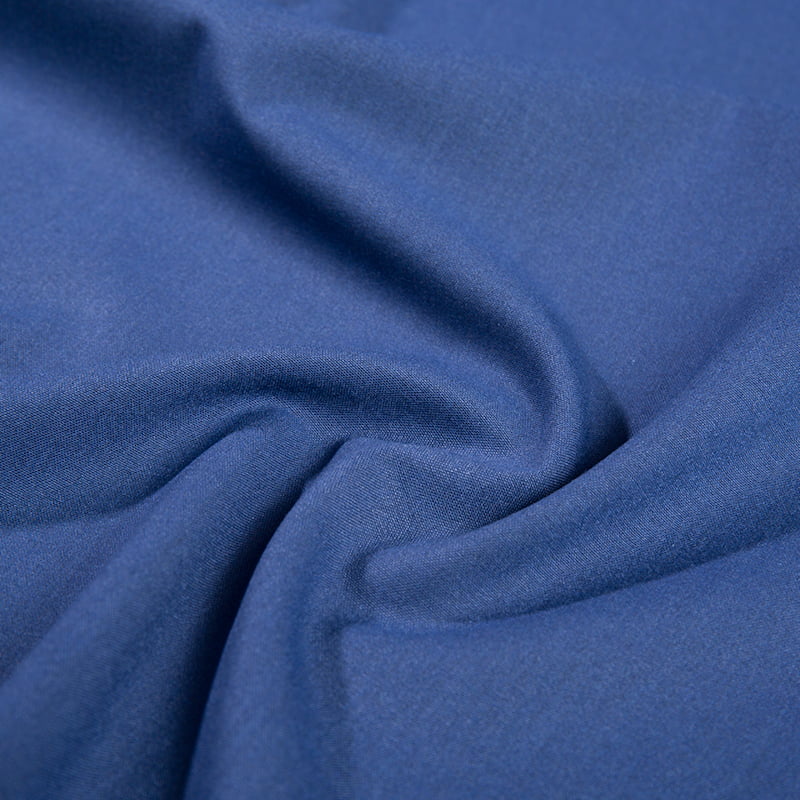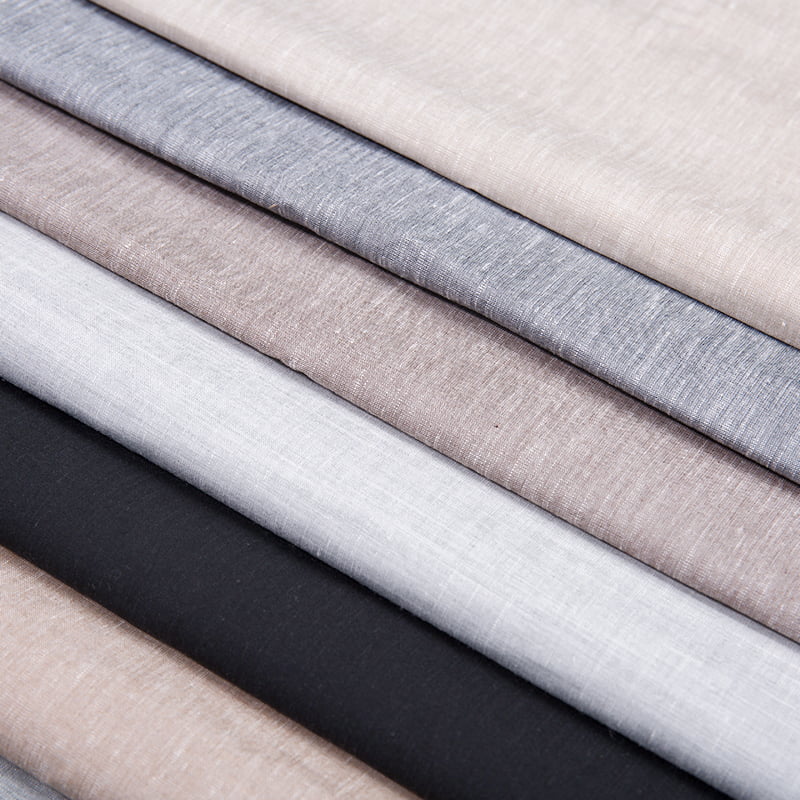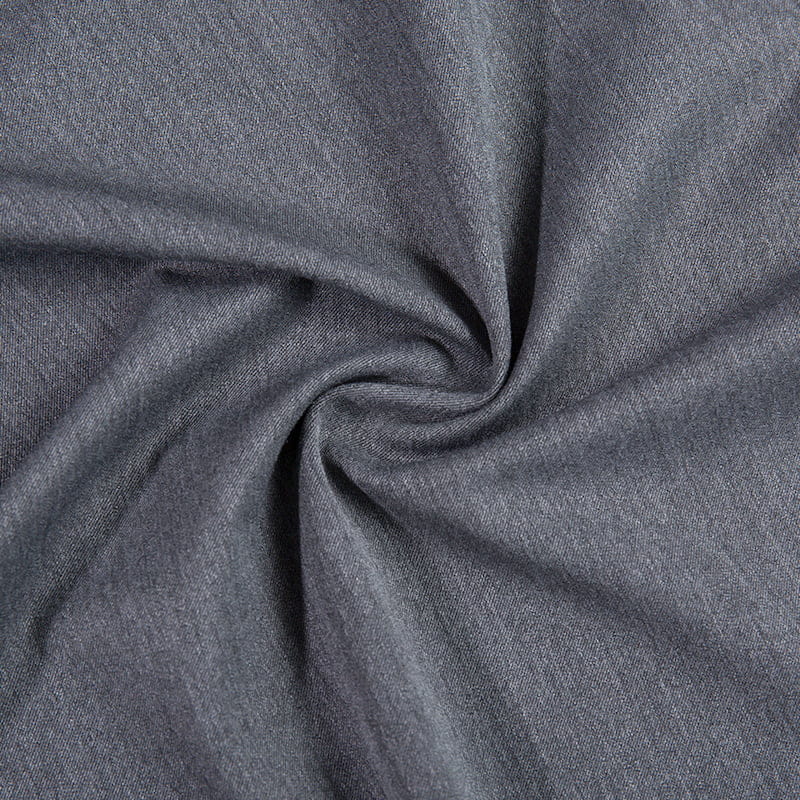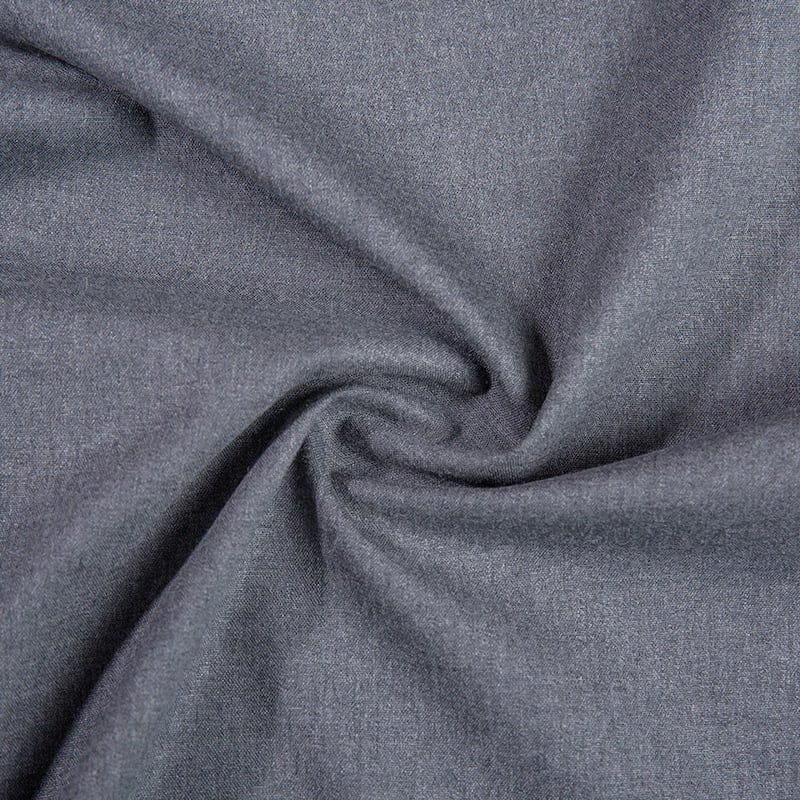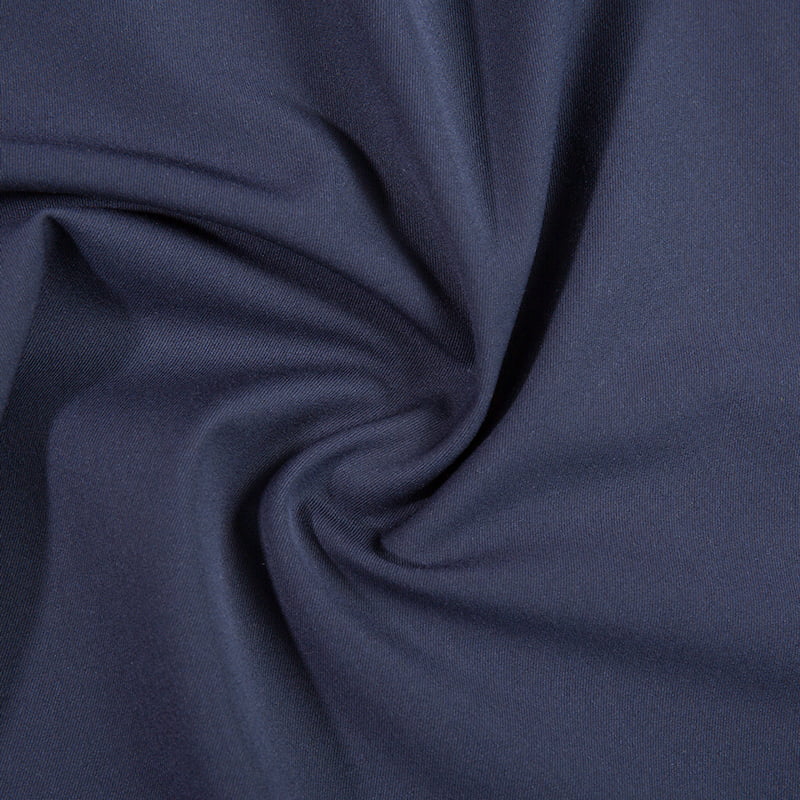Dyed poly rayon woven fabrics with stretch offer a compelling combination: the durability and resilience of polyester, the luxurious drape and comfort of rayon (viscose), and the essential flexibility of spandex or elastane. However, maintaining their vibrant color, structural integrity, and stretch recovery requires specific care routines. Improper handling can lead to fading, shrinkage, loss of elasticity, or permanent damage.
1. Decoding the Care Label: Your First Essential Step Always prioritize the care instructions on the garment or fabric label. Manufacturers provide specific guidance tailored to the exact blend percentages and dyeing processes used. Treat this label as the primary authority. The guidance below offers general best practices applicable to most dyed poly rayon stretch wovens when specific instructions are unavailable or complement them.
2. The Washing Protocol: Gentle is Paramount
- Water Temperature: Cold water (30°C/85°F max) is strongly recommended. Hot water is the enemy, significantly increasing the risk of dye bleeding, shrinkage (especially for the rayon component), and accelerating the degradation of elastic fibers. Warm water should be used cautiously only if the label explicitly permits it.
- Cycle Selection: Always opt for the Gentle/Delicate cycle on your washing machine. This minimizes agitation, friction, and stress on the fabric and elastic fibers. Avoid heavy-duty cycles or normal cycles with high spin speeds.
- Detergent Choice: Use a mild liquid detergent. Powder detergents can sometimes leave residues, and harsh detergents (including heavy-duty varieties, bleach, or optical brighteners) can strip dyes, weaken rayon fibers, and damage elastane. Avoid fabric softeners entirely; they can coat elastic fibers, reducing their stretch and recovery over time, and may also affect fabric drape and wicking properties.
- Sorting & Protection: Wash dark or brightly dyed items separately initially to prevent potential dye transfer to lighter items. Turn garments inside out before washing. This protects the outer surface from abrasion against other fabrics and the drum. Consider using mesh laundry bags for additional protection, especially for smaller items or those with delicate details.
3. Drying: Air is Always Best
- Avoid Machine Drying: High heat from tumble dryers is detrimental. It can cause significant shrinkage (rayon is particularly susceptible), set wrinkles permanently, weaken elastic fibers leading to sagging, and accelerate color fading. Air drying is the safest and most recommended method.
- Air Drying Technique: After washing, gently squeeze out excess water – do not wring or twist, as this can distort the fabric and damage elasticity. Lay the item flat on a clean, dry towel or a mesh drying rack, reshaping it to its original dimensions. Ensure it is supported evenly to prevent stretching. Avoid hanging heavy, wet rayon-blend items, as the weight can cause them to stretch out of shape permanently. Dry away from direct sunlight or intense artificial heat sources to prevent color fading.
4. Ironing: Low Heat and Caution
- Necessity Check: Often, removing the item promptly from the wash and smoothing it out during air drying minimizes wrinkles. If ironing is required:
- Temperature Setting: Use the Lowest Possible Heat Setting (often the synthetic or rayon setting, if your iron has it). Rayon is highly heat-sensitive and can scorch or become glossy under high heat. Polyester can melt. Never use a hot iron or the cotton/linen setting.
- Protective Barrier: Always iron the garment inside out. Placing a clean, thin pressing cloth (like a cotton muslin) between the iron and the fabric provides an essential extra layer of protection against shine and heat damage. Avoid applying excessive pressure or leaving the iron stationary on one spot. Steam can be used cautiously on low heat but test on an inconspicuous seam first.
5. Storage: Preserving Shape and Elasticity
- Cool & Dry: Store items in a cool, dry, well-ventilated place. Avoid damp areas like basements, which can promote mildew.
- Shape Maintenance: Fold garments neatly rather than hanging them long-term, especially heavier items like skirts or pants. Prolonged hanging can stretch the fabric and elastic threads at stress points (shoulders, waistbands). If hanging is necessary for short periods, use padded hangers designed to distribute weight more evenly.
- Avoid Compression: Do not over-pack drawers or storage containers, as constant compression can crush the fabric and potentially affect the elastic recovery.
Key Risks of Improper Care:
- Heat: Shrinkage, melting (poly), scorching (rayon), loss of elasticity.
- Aggressive Washing/Drying: Pilling, surface abrasion (frosting), fabric distortion, broken elastic fibers.
- Harsh Chemicals: Dye fading/bleeding, fiber degradation, residue buildup affecting performance.
- Improper Drying/Hanging: Permanent stretching, distortion, loss of shape.
- Sunlight: Accelerated dye fading.
Caring for dyed poly rayon woven stretch fabric centers on mitigating risks associated with heat, mechanical stress, and harsh chemicals. By embracing cold water gentle washing, meticulous air drying flat, minimal low-heat ironing with protection, and thoughtful storage, you actively safeguard the fabric's color vibrancy, structural integrity, luxurious drape, and essential stretch.


 English
English 中文简体
中文简体 日本語
日本語 한국어
한국어 Español
Español русский
русский
